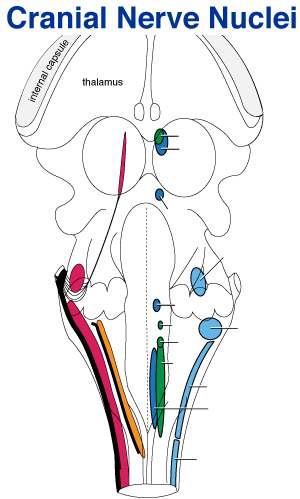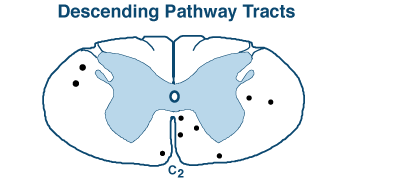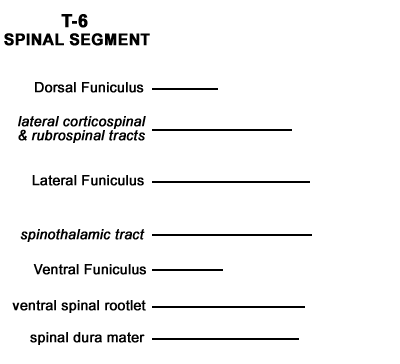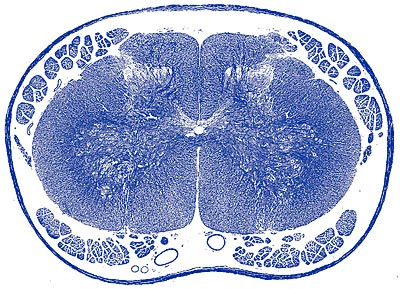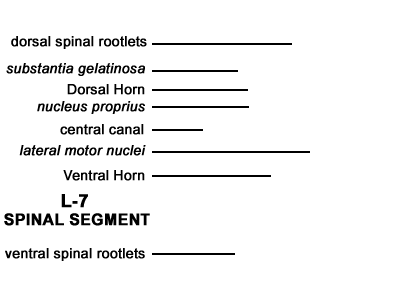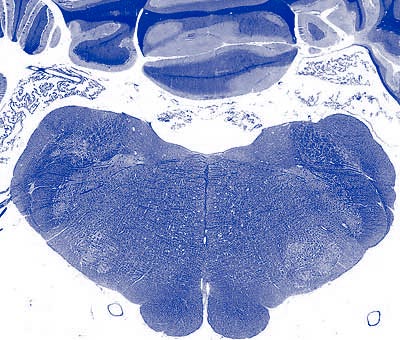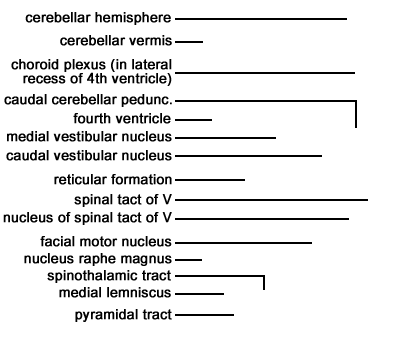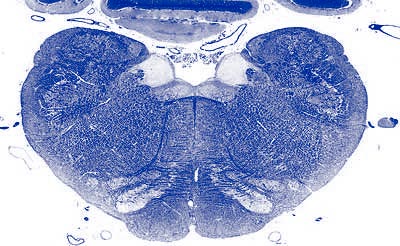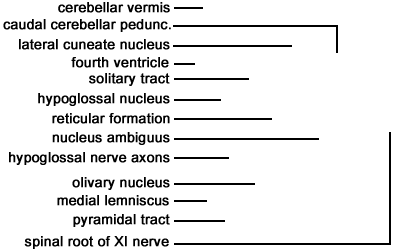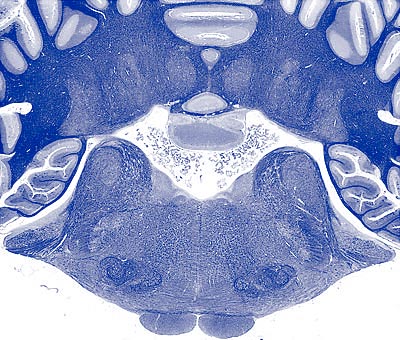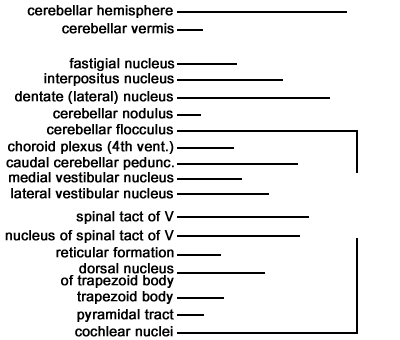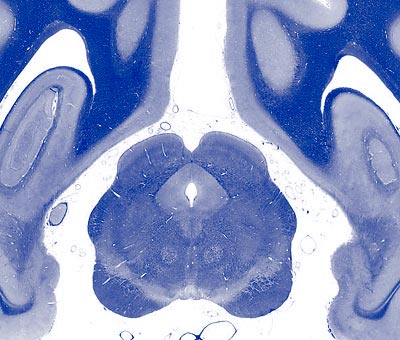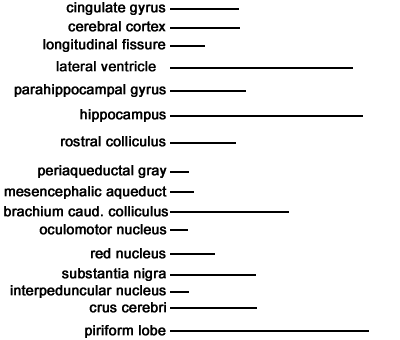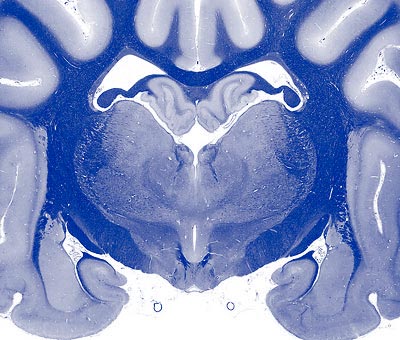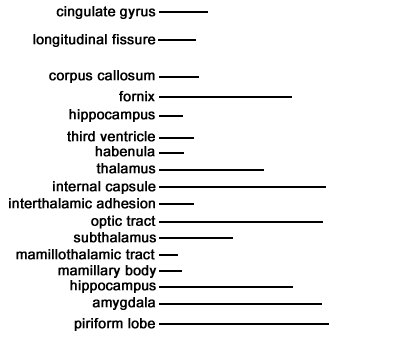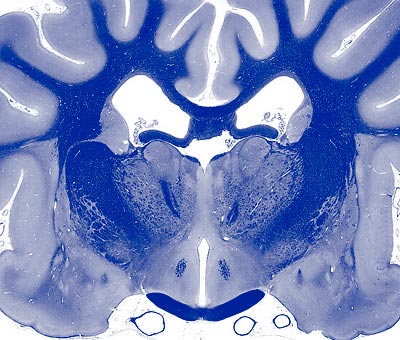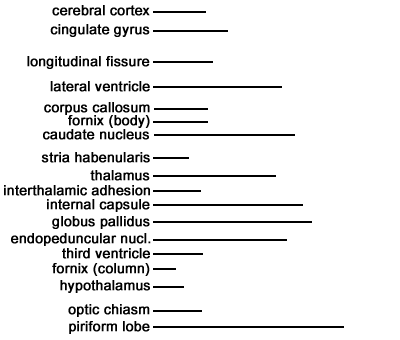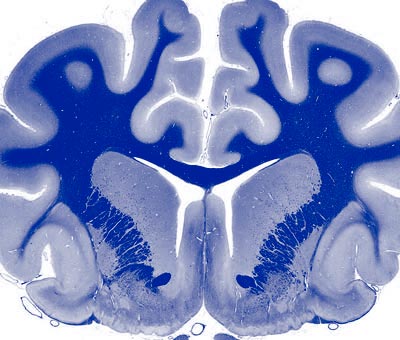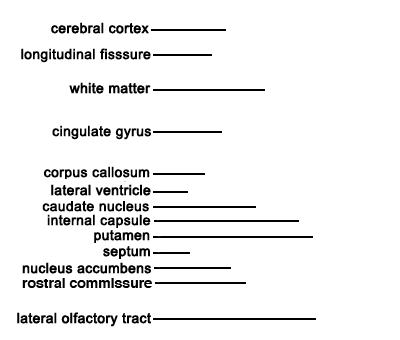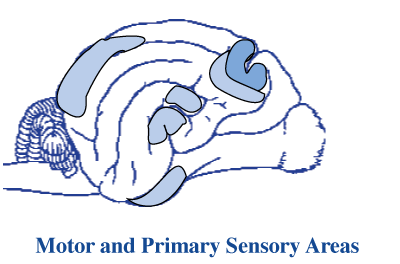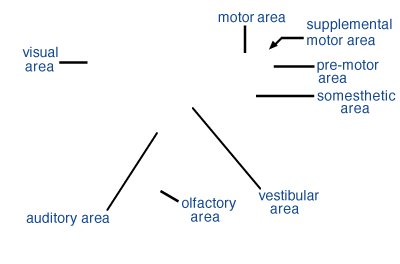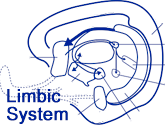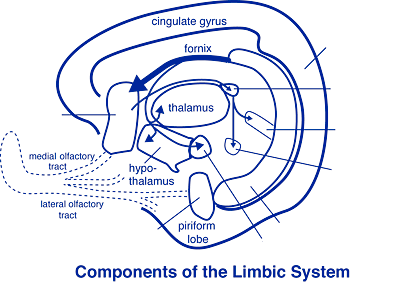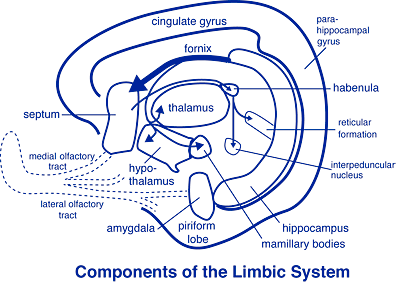Lower Motor Neuron
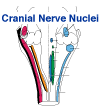
A lower motor neuron is, simultaneously, a:
1. somatic efferent neuron, located in a cranial nerve motor nucleus or in a motor nucleus within the spinal cord ventral horn
2. motor unit neuron that innervates a group of muscle fibers/cells within a skeletal muscle; a muscle contracts in multiples of motor units.
3. final common pathway neuron, responsible for muscle contraction, driven by reflex activity and/or by voluntary actions
• Spinal lower motor neurons give rise to axons that run in spinal ventral roots & spinal nerves
• Cranial nerve lower motor neurons send axons into cranial nerve roots attached to the brainstem:
- midbrain -- oculomotor & trochlear nerves.
- pons -- trigeminal nerve.
- medulla oblongata – abducent (VI) through hypoglossal (XII) nerves.
Lower motor neuron destruction: results in flaccid paralysis (loss of both voluntary and reflex movements), plus severe muscle atrophy.
